Maverick Life
Volkswagen Beetle: An icon returns – again
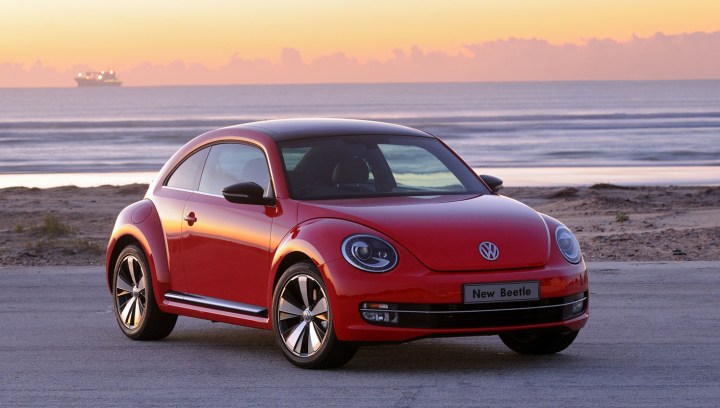
The automotive world isn’t exactly short of legends: think Ford Model T, Mercedes-Benz SL Gullwing, Ford GT40, Porsche 911, the list goes on. And not too many cars can rival Volkswagen’s immortal Beetle. But resurrecting the spirit of the original in a modern context isn’t as easy as one would think – even for Volkswagen. By DEON SCHOEMAN.
Perhaps I’m showing my age, but mention the word Volkswagen, and it’s the Beetle that comes to mind. Produced in South Africa from the early 1950s to the late 1970s, the original Beetle provided affordable wheels to several generations of motorists.
It was the car I was taught how to drive in, and the first car I owned. Because I had no money, I also quickly learned how to service and to repair it, using little more than a pair of pliers, a screwdriver and a few spanners.
There is a certain elegance to the pared-down functionality and simplicity of the Beetle. Conceived as a car for the people, it was a master class in clever packaging and engineering ingenuity. No wonder more than 21-million examples were built during its 65-year lifespan.
Of those, between 1951 and 1979 more than 285,000 were sold in South Africa, and the Beetle topped the sales charts for 11 of the 28 years it was produced and retailed here. By comparison, the so-called New Beetle, launched locally in 2000, lacked the character and the longevity of the original. While its arrival sparked some initial interest, it was never a mainstream seller in SA.
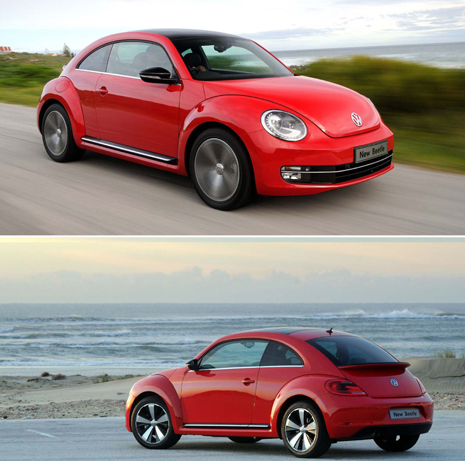
The new version may have been inspired by the original Beetle’s shape, but the newcomer’s design soon looked bland and contrived, while its front-engine, front-wheel drive underpinnings were almost diametrically opposed to the “real” Beetle’s rear-engine, rear-wheel drive layout.
The New Beetle was a car relying on nostalgia for much of its appeal, but the Golf chassis it was based on was always the better buy. Thus, the resurrected Beetle was soon relegated to niche car status, and by the time production ceased in 2010, there seemed to be little chance (or reason) for another bite at the Beetle apple.
Why then would Volkswagen want to introduce a third-generation Beetle? Could it be that the New Beetle’s lack of mainstream success compelled the German marque to try again? Or are the million-plus sales achieved by the modern Beetle sufficient to warrant a successor?
There might be some truth in both arguments. But in reality, it’s the intrinsic importance of the Beetle to the brand as a whole that is at the core of its continued resurrection. In a world of instant gratification and disposable brands, the value of a nameplate that’s now more than seven decades old cannot be overestimated.
Thus, the latest Beetle is supposed to remind us that Volkswagen has been building people’s cars for a very long time – except that this Beetle is neither affordable nor unassuming enough to carry that badge with any conviction.
Let’s start with the exterior. The Gen 3 Beetle may only have two doors, but it’s by no means a small car. It’s longer and wider than its immediate predecessor, and positively huge compared to the original.
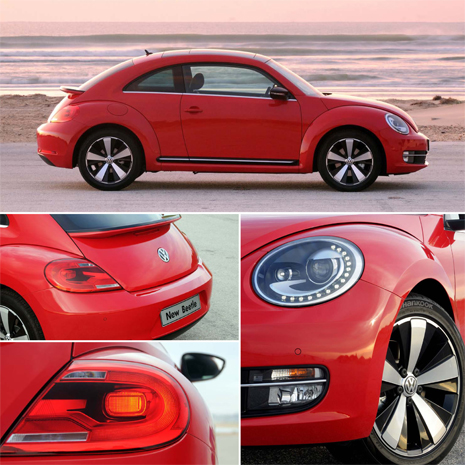
The revised proportions position the cab further back, emphasising the extended nose and the more muscular rear of the car. The result is a surprisingly athletic appearance – surprising because performance has never been one of the Beetle’s core values. Until now.
Adding further visual interest are the big 18-inch wheels (an added-cost option) and a prominent rear wing reminiscent of the downforce-inducing whale tail that used to provide a succession of Porsche 911 Turbos with vital downforce.
The bug-eyed headlights also deserve a mention. They’re as intrinsic a part of the latest Beetle’s character as they were of the original design, and in the 21st century, they get cleverly integrated LED daytime running lights.
In overall terms, the design succeeds in paying homage to the original Beetle’s basic silhouette. And yes, it does look more cohesive and more appealing. But one can’t help but consider it a mere pastiche of the authentic item. It’s an impression that continues inside the cabin.
It’s a modern, well-packaged interior that is light years removed from the bare-metal basics of its ancestor. There’s more space, with decent legroom for rear occupants. But headroom remains compromised at the back and the glossy, piano-black dashboard surfaces are prone to scuffs and scratches.
The seats are sculpted for support and offer ample adjustment scope in all planes, while the steering wheel’s position can be fine-tuned for both reach and rake. Thus, finding the perfect driving position is easy, allowing a close rapport between the car and its pilot.
The interior treatment, as expected, is pure 21st century Volkswagen, rather than bespoke Beetle. The flat dashboard area ahead of the front passenger is reminiscent of the real Beetle, as is the small, lidded cubbyhole.
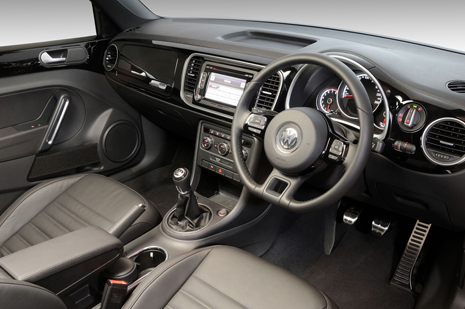
But the touchscreen display, the deep-set instrument binnacles and the flat-bottomed steering wheel are very much in the hot hatch league. And there’s an overriding aura of quality that adds the heft and gravitas of a luxury machine to the Beetle equation.
Because there’s a fair amount of space, the 3G Beetle feels spacious and airy and even rear passengers have more leg and shoulder room than expected. Even so, the roofline’s arch remains intrusive for anyone who’s slightly taller than average and creates a somewhat claustrophobic ambience in the process.
The modern Beetle’s equally modern engine is located in the front, and drives the front wheels – proof that this is little more than a Golf in disguise. Beetle buyers get to choose between a turbocharged 1.2-litre engine with 77 kW and 175 Nm on tap, or a turbo and supercharged 1.4-litre mill good for 118 kW and 240 Nm.
The gearbox is a six-speed manual, but the more powerful engine can also be linked to a seven-speed DSG dual-clutch transmission.
With plenty of horses under the bonnet and the chunky, positive shift action of the six-speed gearbox, the 1.4 TSI Sport under scrutiny here feels more junior GTI than quirky Beetle. There’s plenty of get up and go and in-gear tractability is impressive. Volkswagen claims a 0 to 100 km/h sprint time of 8.3 seconds, and a top speed of 208 km/h.
While this Beetle is no slouch in dynamic terms, its more substantial appearance – and its tactile robustness – suggests a less than trim kerb weight. It’s an impression confirmed by VW’s specification, which peg the newcomer’s kerb mass as just short of 1,400 kg.
Relate that back to a power-to-weight ratio of 87 kW/ton, and you realise why the Beetle feels brisk rather than truly fast, and why – at altitude, at least – there is the slightest of hesitations between gear changes before the engine comes on song, and momentum is resumed.
Still, this Beetle provides a satisfyingly sporty driving experience that might not be true to the Beetle ethos, but is rewarding and involving in the modern motoring context. Driven with intent there’s an inherent poise and balance that suggests scope for even more power.
Even the electro-mechanical steering provides a decent level of feedback. The brakes have a good, progressive bite that allows decent modulation before any ABS chatter is invoked. In short, the Beetle feels sorted, and it’s a fun car to drive.
That high-tech, small-capacity engine also means that fun doesn’t come at the expense of a hefty fuel bill. The VW folk claim a combined-cycle fuel consumption figure of 6.6 l/100 km, and an open-road stat of 5.3 l/100 km. Expect a real-world thirst of about 8l/100 km in mixed driving conditions, which is good for a car with a measure of brio.
This latest Beetle is a fine car in many respects. It marries distinctive, nostalgia-laced styling to a designer interior and plenty of dynamic zest. But while it’s a much better attempt than the first so-called New Beetle, it still lacks the innovation, and the ultimate charisma, of the original.
And let’s not forget that affordability was always a core Beetle value, while the pricing of this third-generation iteration starts at R235,400 for the baseline 1.2 TSI Design model, and reaches into R300,000 territory for the top model. Nostalgia, it seems, comes at a price. DM
VITAL STATISTICS
Volkswagen Beetle 1.4 TSI Sport
Engine
In-line four-cylinder, 1,390cc, twin-charged
Gearbox
Six-speed manual
Power
118 kW @ 5,800 rpm
Torque
240 Nm @ 1,500 rpm
0-100 km/h
8.3 sec
Top speed
208 km/h
Fuel consumption
6.6 l/100 km (combined cycle)
CO2 emissions
153 g/km
Retail price
R296 600 (before options)










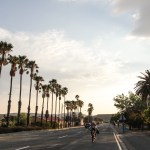






 Become an Insider
Become an Insider